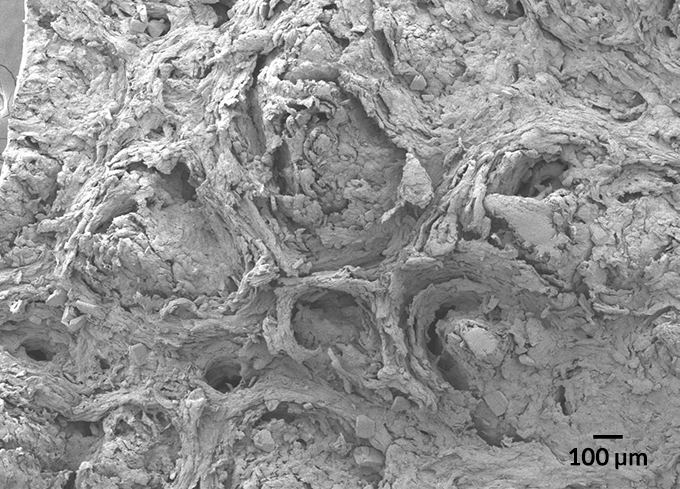3-D: Short for three-dimensional. This term is an adjective for something that has features that can be described in three dimensions — height, width and length.
adaptation: (in biology) The development of new programs, processes, policies and structures to make communities and their inhabitants better able to head off — or at least withstand — the dangerous impacts of a warming climate. Those impacts may include drought, flooding, wildfires, extreme heat and extreme storms.
Arctic: A region that falls within the Arctic Circle. The edge of that circle is defined as the northernmost point at which the sun is visible on the northern winter solstice and the southernmost point at which the midnight sun can be seen on the northern summer solstice. The high Arctic is that most northerly third of this region. It’s a region dominated by snow cover much of the year.
biologist: A scientist involved in the study of living things.
friction: The resistance that one surface or object encounters when moving over or through another material (such as a fluid or a gas). Friction generally causes a heating, which can damage a surface of some material as it rubs against another.
gecko: A small to medium sized reptile found in warm to equatorial regions of the world. Some 2,000 different species of this lizard exist, in a wide range of colors. These reptiles eat insects, worms and even the occasional small bird. But they are best known for being able to climb slick surfaces, owing to special structures on the bottom surfaces of their feet.
materials scientist: A researcher who studies how the atomic and molecular structure of a material is related to its overall properties. Materials scientists can design new materials or analyze existing ones. Their analyses of a material’s overall properties (such as density, strength and melting point) can help engineers and other researchers select materials that are best suited to a new application.
model: A simulation of a real-world event (usually using a computer) that has been developed to predict one or more likely outcomes. Or an individual that is meant to display how something would work in or look on others.
polymer: A substance made from long chains of repeating groups of atoms. Manufactured polymers include nylon, polyvinyl chloride (better known as PVC) and many types of plastics. Natural polymers include rubber, silk and cellulose (found in plants and used to make paper, for example).
sun bear: The smallest bear species (Helarctos malayanus), this climber is common to Southeast Asia. It lives on insects, lizards, berries and leaves. Males can grow to about 68 kilograms (150 pounds) and have a body that spans up to 1.2 meters (5 feet). That makes it roughly half the size of an American black bear. It takes its name from the patch of yellowish fur on its chest that some people liken to a rising sun.
traction: The forces created as something pulls across a surface or the glue-like effect of friction created as something moves along a surface. Good traction can keep a tire or boot from slipping on a wet or icy road.









